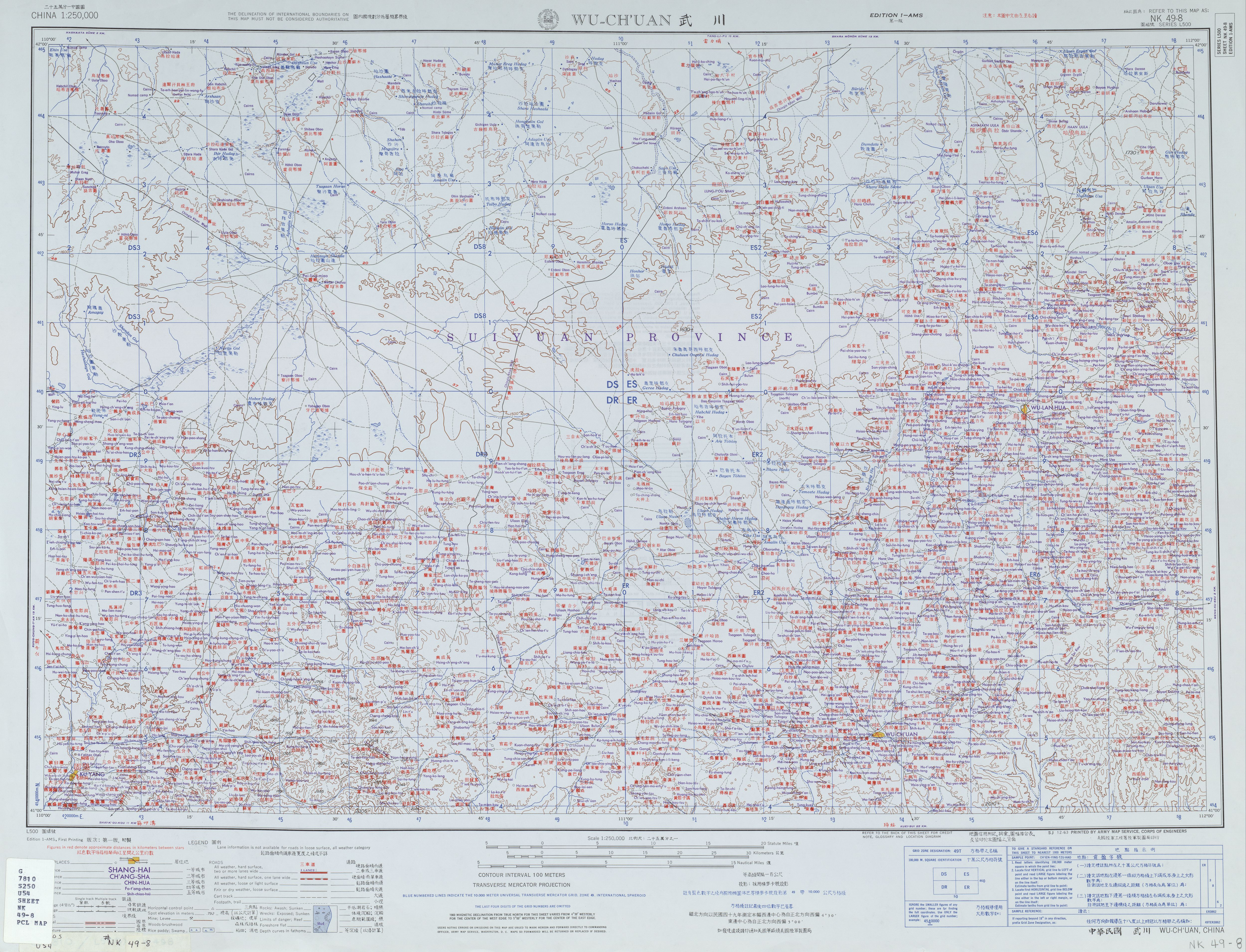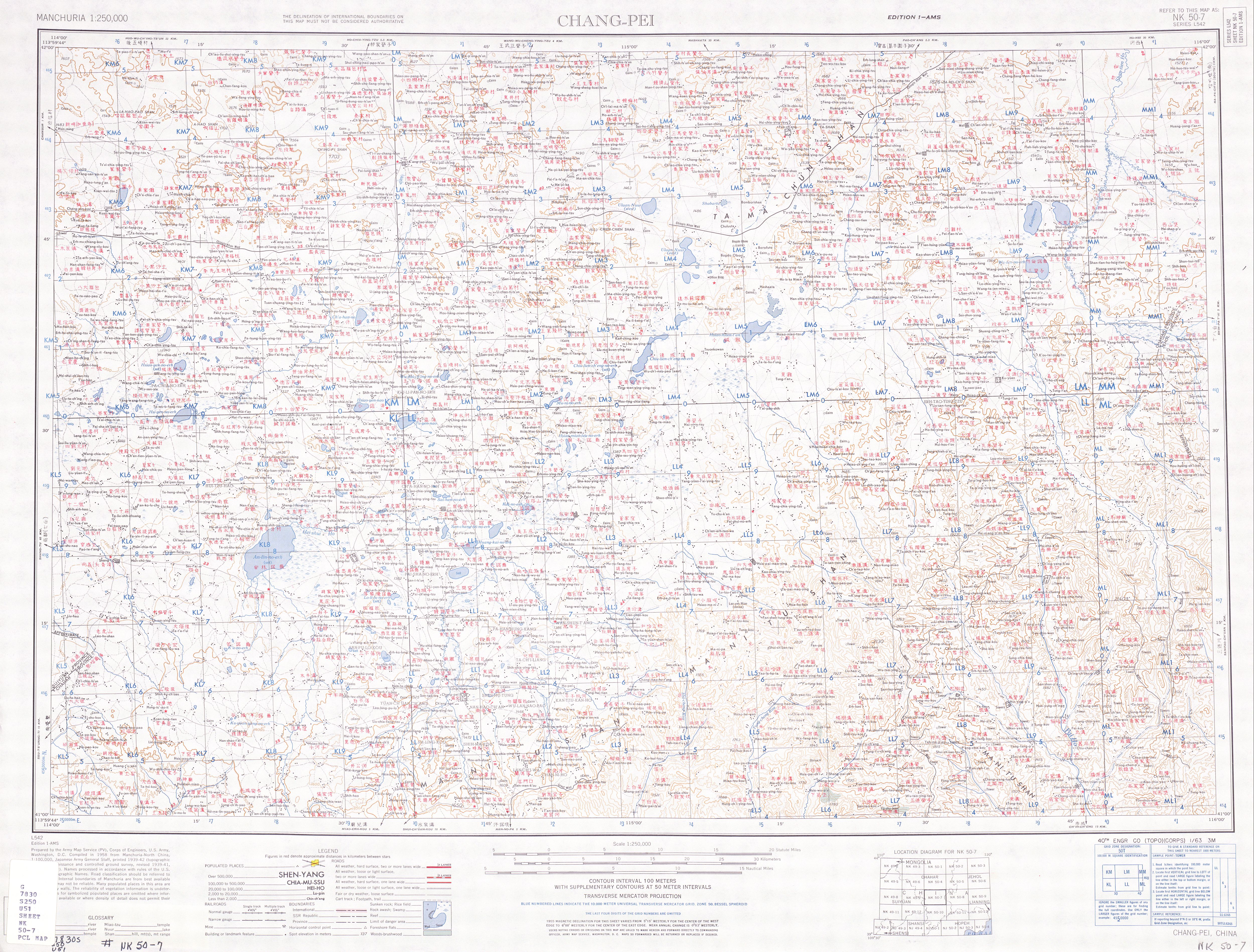|
Six Frontier Towns
The Six Frontier Towns (Traditional Chinese: 六鎮; Simplified Chinese: 六镇), also known as Northern Frontier Towns (北镇), refers to six military towns in the Hetao region that the Northern Wei government built during Huangshi era and Yanhe era to prevent the southward invasion by Rouran. These towns were Woye, Huaishuo, Wuchuan, Fumin, Rouxuan and Huaihuang (from west to east). The town of Woye was located in the old city of Woye of Han Dynasty, southwest of today's Linhe Country of Inner Mongolia at first, but later move to Shuofang Shuofang () was an ancient Chinese commandery, situated in the Hetao region in modern-day Inner Mongolia near Baotou. First founded by Emperor Wu of Han in the wake of the successful reconquest of the area from Xiongnu tribes, it was dissolved du ... of Han Dynasty, north of today's Hangjin Banner. The town of Huaishuo was located in southwest of today's Guyang, Inner Mongolia. Later its name was changed to Shuozhou. The town of Wuchuan was ... [...More Info...] [...Related Items...] OR: [Wikipedia] [Google] [Baidu] |
Traditional Chinese
A tradition is a belief or behavior (folk custom) passed down within a group or society with symbolic meaning or special significance with origins in the past. A component of cultural expressions and folklore, common examples include holidays or impractical but socially meaningful clothes (like lawyers' wigs or military officers' spurs), but the idea has also been applied to social norms such as greetings. Traditions can persist and evolve for thousands of years—the word ''tradition'' itself derives from the Latin ''tradere'' literally meaning to transmit, to hand over, to give for safekeeping. While it is commonly assumed that traditions have an ancient history, many traditions have been invented on purpose, whether that be political or cultural, over short periods of time. Various academic disciplines also use the word in a variety of ways. The phrase "according to tradition", or "by tradition", usually means that whatever information follows is known only by oral tradi ... [...More Info...] [...Related Items...] OR: [Wikipedia] [Google] [Baidu] |
Wuchuan County, Inner Mongolia
Wuchuan ( Mongolian: ''Üčuvan siyan''; ), is a county of Inner Mongolia Autonomous Region, North China, it is under the administration of the prefecture-level city of Hohhot, the capital of Inner Mongolia. Wuchuan has an area of with a population of 95,869. It is connected to Hohhot by the Huwu Highway; roughly a half-hour's drive. Zhaohe Grasslands, a popular tourist site, is nearby. Ancient History According to the earliest records, the name Wuchuan comes from the "Book of Zhou" (周书), dating from 398 AD, and the "History of the North" (北史). Human activity can be traced back as far as 10,000 years. The archaeological site at Daqingshan (大青山) village includes many artefacts from the Dayao Culture (大窑文化) and proves that the area was suitable for human habitation at that time. Another Paleolithic site at Erdaowa (二道洼) Village has an estimated age of 10,000 years. Many stone tools were found there, including knives, cutters and axes, indicating tha ... [...More Info...] [...Related Items...] OR: [Wikipedia] [Google] [Baidu] |
Guanzhong
Guanzhong (, formerly romanised as Kwanchung) region, also known as the Guanzhong Basin, Wei River Basin, or uncommonly as the Shaanzhong region, is a historical region of China corresponding to the crescentic graben basin within present-day central Shaanxi, bounded between the Qinling Mountains in the south (known as Guanzhong's "South Mountains"), and the Huanglong Mountain, Meridian Ridge and Long Mountain ranges in the north (collectively known as its "North Mountains"). The central flatland area of the basin, known as the Guanzhong Plain, is made up of alluvial plains along the lower Wei River and its numerous tributaries and thus also called the Wei River Plain. The region is part of the Jin- Shaan Basin Belt, and is separated from its geological sibling — the Yuncheng Basin to its northeast — by the Yellow River section southwest of the Lüliang Mountains and north of the river's bend at the tri-provincial junction among Shaanxi, Shanxi and Henan. The name ''Gu ... [...More Info...] [...Related Items...] OR: [Wikipedia] [Google] [Baidu] |
Qiang (historical People)
Qiang () was a name given to various groups of people at different periods in ancient China. The Qiang people are generally thought to have been of Tibeto-Burman origin, though there are other theories. The Tangut people of the Tang, Sung and Yuan dynasties may be of Qiang descent. The modern Qiang people as well as Tibetans may also have been descended in part from the ancient Qiangs. Etymology According to the Han dynasty dictionary '' Shuowen Jiezi'', the Qiang were shepherds, and the Chinese character for Qiang () was thus formed from the characters for "sheep" (羊) and "man" (人), and pronounced like "sheep".Shouwen Original text: 羌:西戎牧羊人也。从人从羊,羊亦聲。 '''' also m ... [...More Info...] [...Related Items...] OR: [Wikipedia] [Google] [Baidu] |
Gansu
Gansu (, ; alternately romanized as Kansu) is a province in Northwest China. Its capital and largest city is Lanzhou, in the southeast part of the province. The seventh-largest administrative district by area at , Gansu lies between the Tibetan and Loess plateaus and borders Mongolia ( Govi-Altai Province), Inner Mongolia and Ningxia to the north, Xinjiang and Qinghai to the west, Sichuan to the south and Shaanxi to the east. The Yellow River passes through the southern part of the province. Part of Gansu's territory is located in the Gobi Desert. The Qilian mountains are located in the south of the Province. Gansu has a population of 26 million, ranking 22nd in China. Its population is mostly Han, along with Hui, Dongxiang and Tibetan minorities. The most common language is Mandarin. Gansu is among the poorest administrative divisions in China, ranking 31st, last place, in GDP per capita as of 2019. The State of Qin originated in what is now southeastern Gansu ... [...More Info...] [...Related Items...] OR: [Wikipedia] [Google] [Baidu] |
Emperor Xiaowen Of Northern Wei
Emperor Xiaowen of Northern Wei ((北)魏孝文帝) (October 13, 467 – April 26, 499), personal name né Tuoba Hong (拓拔宏), later Yuan Hong (元宏), was an emperor of the Northern Wei from September 20, 471 to April 26, 499. Under the regent of Empress Dowager Feng, Emperor Xiaowen enacted a new land-tenure system named the equal-field system in 485, which was aimed at boosting agricultural production and tax receipts. The implementation of the equal-field system was largely due to the court's desire to break the economic power of local magnates who sheltered residents under their control living in fortified villages. Under this system, all land was owned by the state, and then equally distributed to taxpaying farmers. This system successfully created a stable fiscal infrastructure and a basis for universal military conscription for the Northern Wei, and continued well into the Tang dynasty. The equal-field program was coupled with another initiative, the "Three Elders" ... [...More Info...] [...Related Items...] OR: [Wikipedia] [Google] [Baidu] |
Uprisings Of Northern Wei
Rebellion, uprising, or insurrection is a refusal of obedience or order. It refers to the open resistance against the orders of an established authority. A rebellion originates from a sentiment of indignation and disapproval of a situation and then manifests itself by the refusal to submit or to obey the authority responsible for this situation. Rebellion can be individual or collective, peaceful (civil disobedience, civil resistance, and nonviolent resistance) or violent ( terrorism, sabotage and guerrilla warfare). In political terms, rebellion and revolt are often distinguished by their different aims. While rebellion generally seeks to evade and/or gain concessions from an oppressive power, a revolt seeks to overthrow and destroy that power, as well as its accompanying laws. The goal of rebellion is resistance while a revolt seeks a revolution. As power shifts relative to the external adversary, or power shifts within a mixed coalition, or positions harden or soften on eit ... [...More Info...] [...Related Items...] OR: [Wikipedia] [Google] [Baidu] |
Hebei
Hebei or , (; alternately Hopeh) is a northern province of China. Hebei is China's sixth most populous province, with over 75 million people. Shijiazhuang is the capital city. The province is 96% Han Chinese, 3% Manchu, 0.8% Hui, and 0.3% Mongol. Three Mandarin dialects are spoken: Jilu Mandarin, Beijing Mandarin and Jin. Hebei borders the provinces of Shanxi to the west, Henan to the south, Shandong to the southeast, Liaoning to the northeast, and the Inner Mongolia Autonomous Region to the north. Its economy is based on agriculture and manufacturing. The province is China's premier steel producer, although the steel industry creates serious air pollution. Five UNESCO World Heritage Sites can be found in the province, the: Great Wall of China, Chengde Mountain Resort, Grand Canal, Eastern Qing tombs, and Western Qing tombs. It is also home to five National Famous Historical and Cultural Cities: Handan, Baoding, Chengde, Zhengding and Shanhaiguan. Historically, ... [...More Info...] [...Related Items...] OR: [Wikipedia] [Google] [Baidu] |
Zhangjiakou
Zhangjiakou (; ; ) also known as Kalgan and by several other names, is a prefecture-level city in northwestern Hebei province in Northern China, bordering Beijing to the southeast, Inner Mongolia to the north and west, and Shanxi to the southwest. By 2019, its population was 4,650,000 inhabitants on , divided into 17 Counties and Districts. The built-up (''or metro'') area made of Qiaoxi, Qiaodong, Chongli, Xuanhua, Xiahuayuan Districts largely being conurbated had 1,500,000 inhabitants in 2019 on . Since ancient times, Zhangjiakou has been a stronghold of military significance and vied for by multiple sides. Hence, Zhangjiakou is nicknamed the Northern Gate of Beijing. Due to its strategic position on several important transport arteries, it is a critical node for travel between Hebei and Inner Mongolia and connecting northwest China, Mongolia, and Beijing. Dajingmen, an important gate and junction of the Great Wall of China is located here. In the south, Zhangjiakou is ... [...More Info...] [...Related Items...] OR: [Wikipedia] [Google] [Baidu] |
Zhangbei County
Zhangbei County (), in northwestern Hebei province, China, is a county formerly in the Chahar province. Its name, which literally means "North of Zhang iakou, derives from the fact that it is north-northeast of Zhangjiakou. Zhangbei Town is the seat of the county government. Administrative divisions There are 4 towns and 14 townships under the county's administration. Towns: *Zhangbei Town (), Gonghui (), Ertai (), Dahulun () Townships: * Tailugou Township (), Youlougou Township (), Mantouying Township (), Erquanjing Township (), Danjinghe Township (), Dahe Township (), Hailiutu Township (), Liangmianjing Township (), Haojiaying Township (), Baimiaotan Township (), Xiao'ertai Township (), Zhanhai Township (), Sanhao Township (), Huangshiya Township () Climate Transportation *China National Highway 207 China National Highway 207 (G207) runs from Ulanhot, Inner Mongolia to Hai'an, Guangdong. It is in length and runs south from Xilinhot through Inner Mong ... [...More Info...] [...Related Items...] OR: [Wikipedia] [Google] [Baidu] |
Ulanqab
Ulanqab or Ulan Chab (; mn, ''Ulaɣančab qota''; Mongolian cyrillic.Улаанцав хот) is a region administered as a prefecture-level city in south-central Inner Mongolia, China. Its administrative centre is in Jining District, which was formerly a county-level city. It was established as a prefecture-level city on 1 December 2003, formed from the former Ulanqab League. Ulaan Chab city has an area of . It borders Hohhot to the west, Mongolia to the north, Xilin Gol League to the northeast, Hebei to the east and Shanxi to the south. As of the 2020 census, its total population was, 1,706,328 inhabitants (2,143,590 in 2010) whom 550,231 inhabitants lived in the built-up (or metro) area made of Jining District and Qahar Right Front Banner largely conurbated in its northern part. The western part of Ulaan Chab used to be part of the now-defunct Chinese province of Suiyuan. Administrative subdivisions Ulaan Chab has eleven administrative divisions: one district, one county ... [...More Info...] [...Related Items...] OR: [Wikipedia] [Google] [Baidu] |







